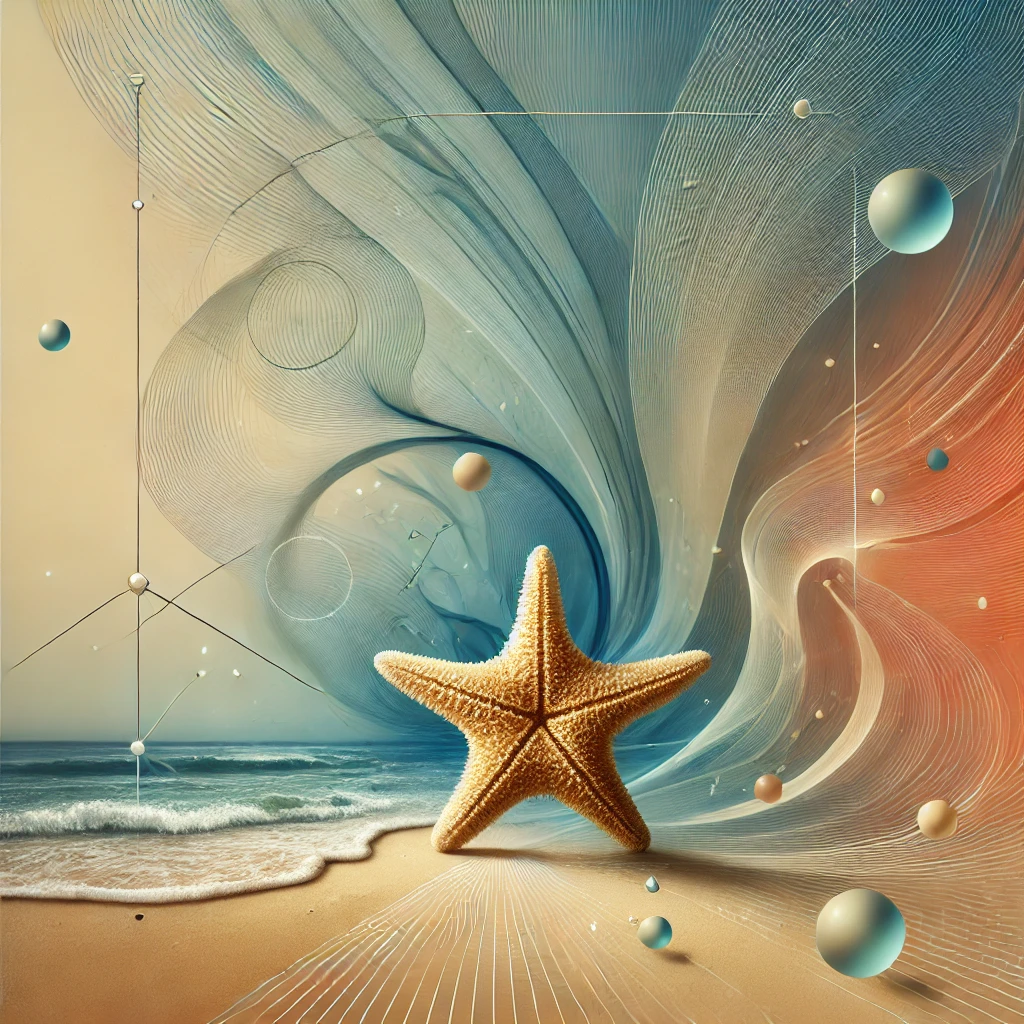The power of negative space: Aesthetic connections in art and life

In Drawing on the Right Side of the Brain, Betty Edwards shows us the transformative importance of noticing negative space when drawing. By focusing on the background—the space around an object—and drawing its edge, we naturally shift into right-brain mode, enabling us to draw with far greater accuracy. (I never believed I could draw until I read her book and completed the exercises. It was truly amazing.)
This idea of recognizing the “background” is not limited to art. The late cultural theorist Marshall McLuhan also emphasized the importance of background, which he called “ground.” McLuhan pointed out that we often focus solely on the central figure or object in a situation and fail to notice the surrounding context that gives it meaning.
Similarly, British scientist Gregory Bateson explored the concept of background in his book Mind and Nature. Bateson wrote about the “glue” that holds together the world—connecting starfish, sea anemones, redwood forests, and human communities. While we marvel at the starfish, he argued, we often miss the underlying glue, the larger pattern that binds everything together.
Why the Background Matters
So why is this background, this context, so important? Because it’s what makes everything else possible.
Think of an empty container. It’s the space inside the container that makes it useful. Or take a house—we admire its walls and roof, but it’s the space within those walls that makes it a home. As the Tao Te Ching reminds us, “While the tangible has advantages, it is the intangible that makes it useful.”
Bateson, along with many other thinkers and writers, understood this wider knowing as aesthetic. The German poet and philosopher Johann Wolfgang von Goethe similarly claimed that the fundamental nature of the world is aesthetic. We exist in the midst of a vast aesthetic space, yet most of us fail to notice it—or honor its profound wisdom.
Patterns That Connect
Bateson recounts a moment while teaching at the California School of Fine Arts in San Francisco. He presented his class with a starfish and asked, “How are you related to this creature? What pattern connects you to it?” Bateson described this as an aesthetic question—a call to recognize the deeper connections that unite all living things.
In pondering this connection, Bateson invoked Plotinus, who wrote of an “invisible and unchanging beauty which pervades all things.” This beauty, Bateson argued, is the ultimate unity. The pattern that connects us to the world is inherently aesthetic.
Seeing Beyond the Surface
Whether we’re drawing, studying nature, or simply observing the world, the act of noticing the background—the negative space—shifts our perspective. It connects us to the deeper, aesthetic patterns that unite everything.
When we start paying attention to the spaces between things, the glue that holds them together, and the wider knowing beneath it all, we tap into a profound beauty that’s always present, waiting for us to see it.





